For Millenia Aboriginal and Torres Strait Islander peoples have used art as a means of storytelling, cultural expression, and preserving knowledge. A key feature of this artistic tradition is the use of symbols—visual language elements that convey deep cultural and spiritual meaning. Understanding these symbols provides a greater appreciation of the rich narratives embedded in First Nations art and their connection to Country, history, and the Dreamtime.
Aboriginal and Torres Strait Islander art is not merely decorative; it serves as a way to pass down stories, laws, and traditions. Since many First Nations groups have oral traditions rather than written languages, art acts as a visual method of recording history, teaching younger generations, and mapping out important knowledge about the land, water sources, and sacred sites.
Each region, language group, and artist may have variations in their symbols and meanings, but there are some common themes found across different art forms, including dot painting, rock art, bark painting, and contemporary acrylic paintings.
U-Shapes – People
A U-shape in Aboriginal art represents a person sitting on the ground, viewed from above. This symbol is often accompanied by nearby markings, such as lines indicating spears, coolamons (traditional carrying vessels), or digging sticks, which provide context about the person's activity.
Circles – Waterholes, Campsites, and Meeting Places
Circles are one of the most frequently used symbols in Indigenous art. A single circle may represent a waterhole or a sacred site, while multiple circles connected by lines often indicate a journey between different campsites or meeting places. These symbols tell stories of trade routes, travel, and important gathering sites.
Wavy Lines – Water or Rain
Wavy or curving lines often symbolize water sources, flowing rivers, or rainfall. In some artworks, these lines also represent the movement of ancestral spirits or songlines that connect different parts of the land.
Concentric Arcs – Rainbows and Clouds
Curved lines, sometimes appearing in sets, can symbolize cloud formations, rainbows, or changing weather patterns. In some stories, the rainbow serpent—one of the most significant ancestral beings—may be represented by these arcs.
Animal Tracks – Kangaroo, Emu, and Reptiles
Tracks of animals are commonly depicted in Indigenous art to indicate their presence, hunting grounds, or spiritual significance. For example:
- Kangaroo tracks feature a series of parallel lines and tail marks.
- Emu tracks resemble large three-pronged footprints.
- Snake tracks appear as curved or wavy lines, often associated with the Rainbow Serpent in Dreaming stories.
Straight Lines – Journeys and Paths
Straight or dotted lines connecting places represent journeys, travel routes, or songlines. These paths indicate how people and ancestral beings moved across the land, forming connections between different sites.
Today, Aboriginal and Torres Strait Islander artists continue to use these symbols in both traditional and contemporary artworks. Modern First Nations art blends ancient storytelling techniques with new materials and styles, allowing artists to express their cultural identity while engaging with wider audiences.
Understanding the meanings behind these symbols helps non-Indigenous viewers appreciate the depth and significance of First Nations art. More than just beautiful designs, these works carry thousands of years of knowledge, history, and connection to Country.
By respecting and learning from First Nations art, we contribute to the preservation of these ancient storytelling traditions, ensuring they continue to inspire and educate future generations.

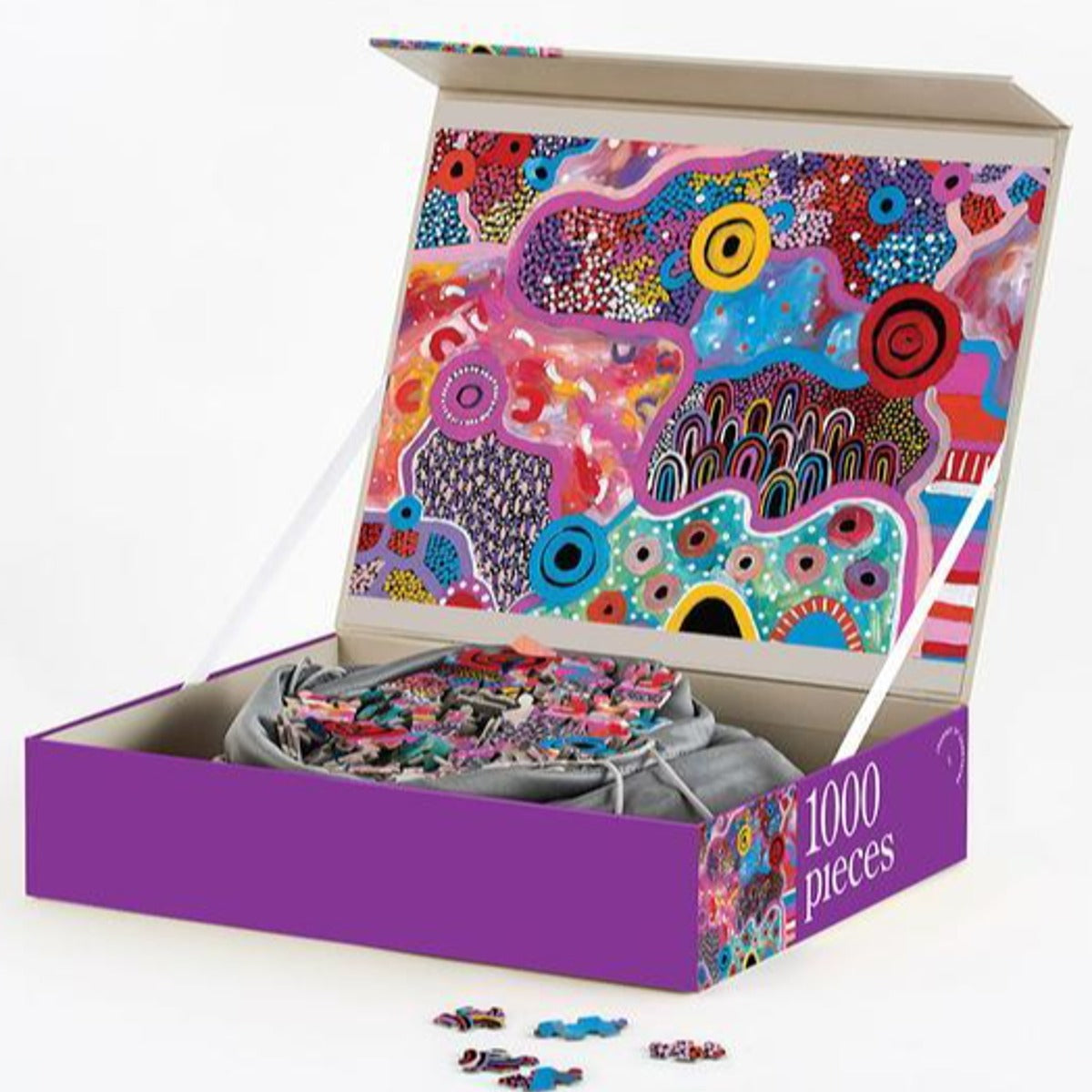
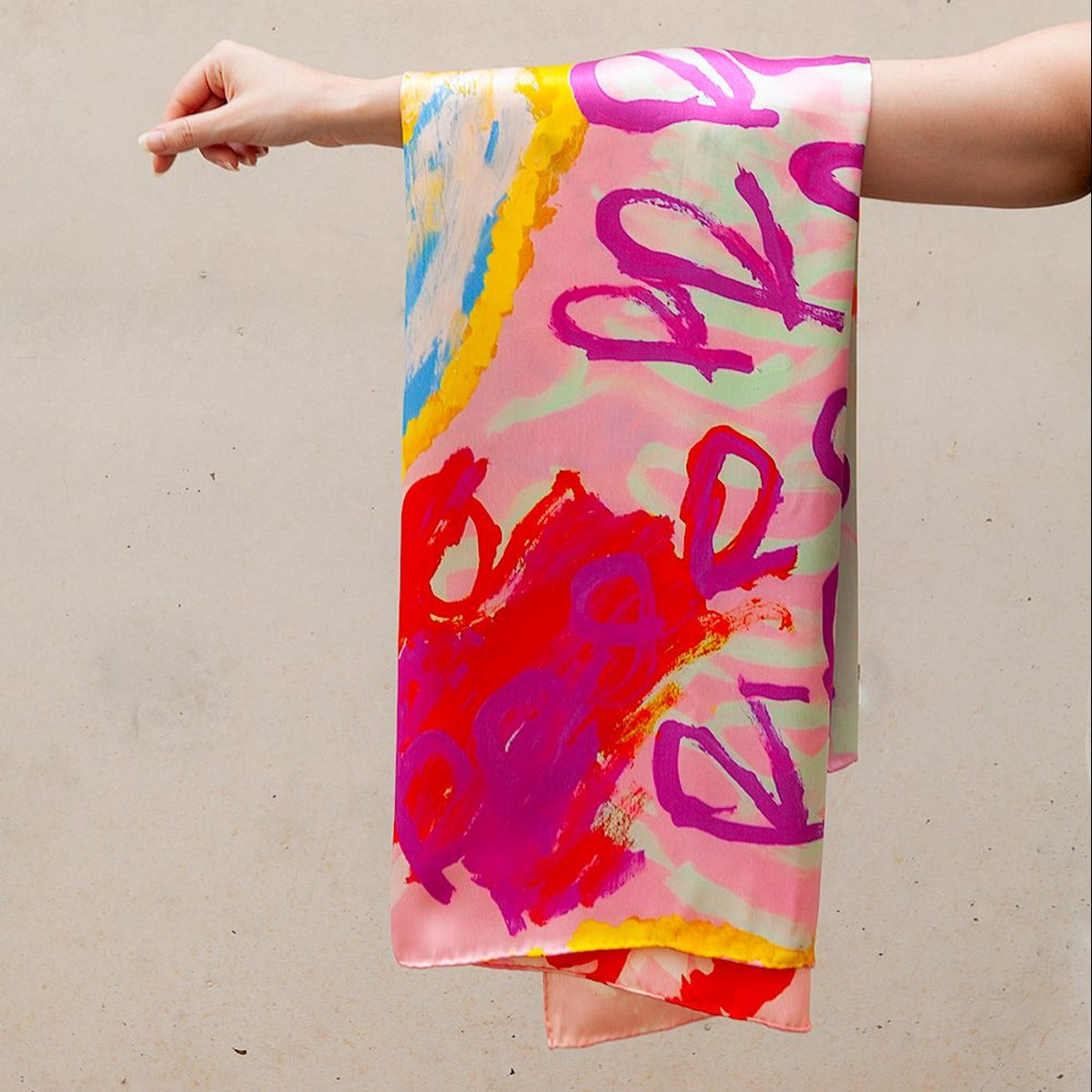


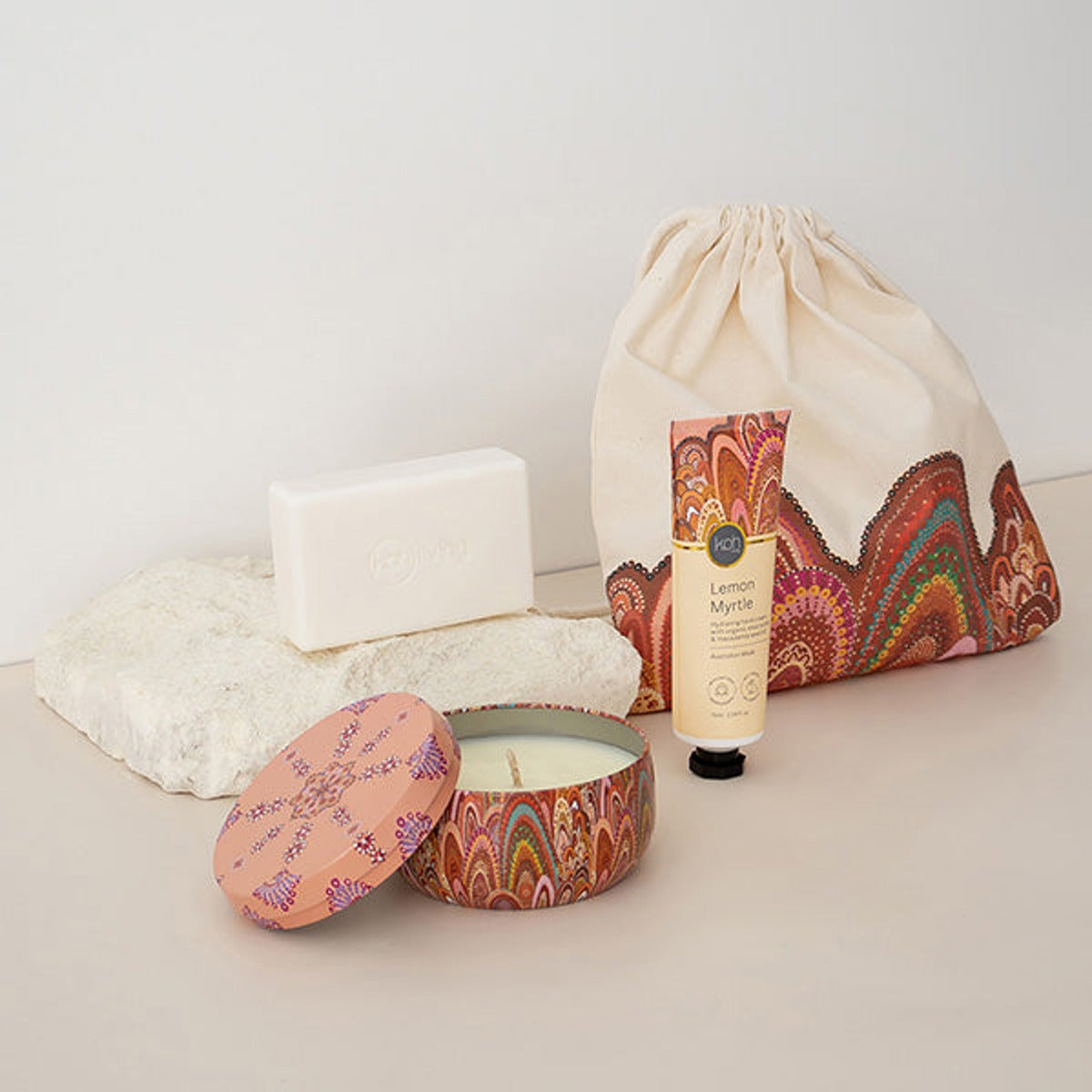
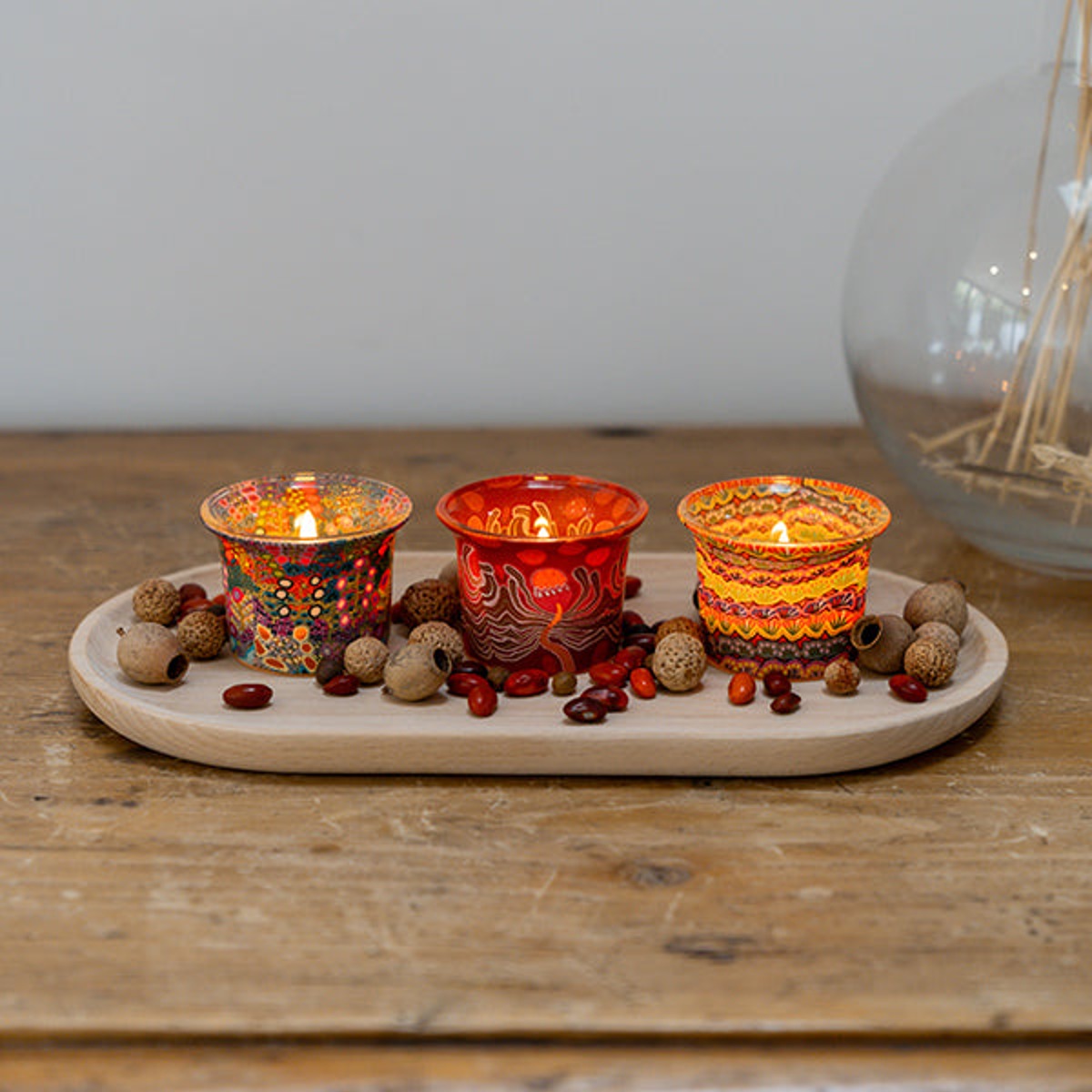
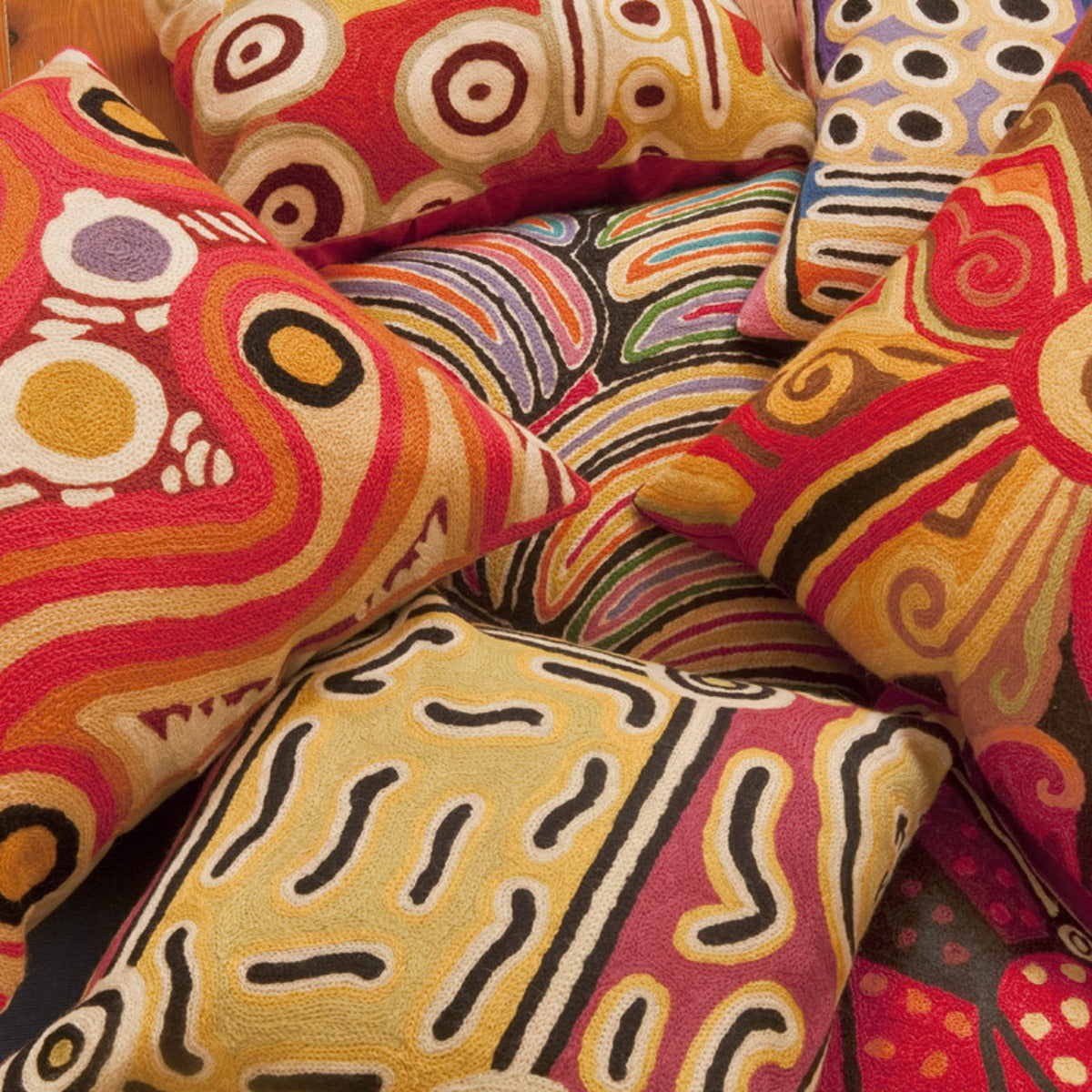
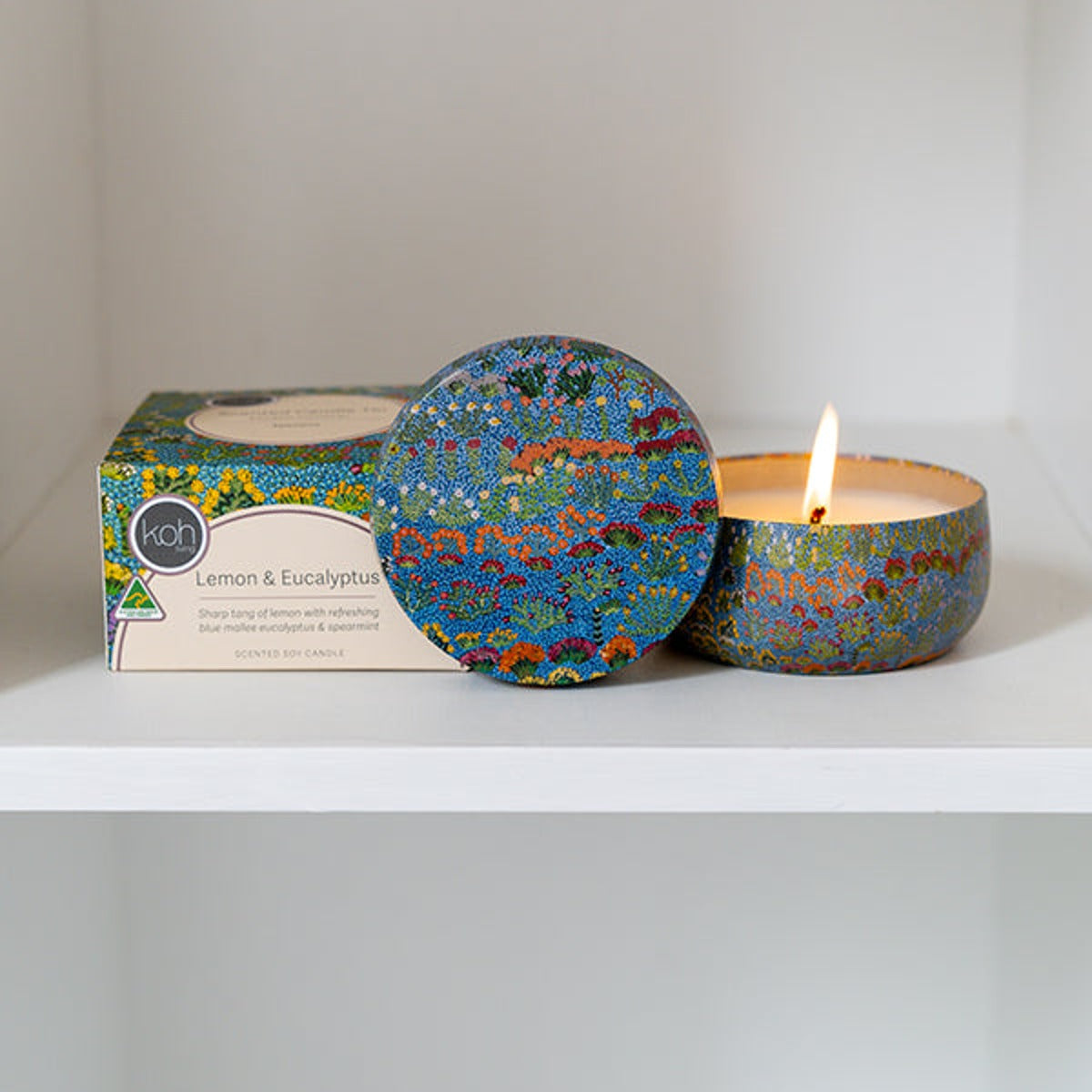
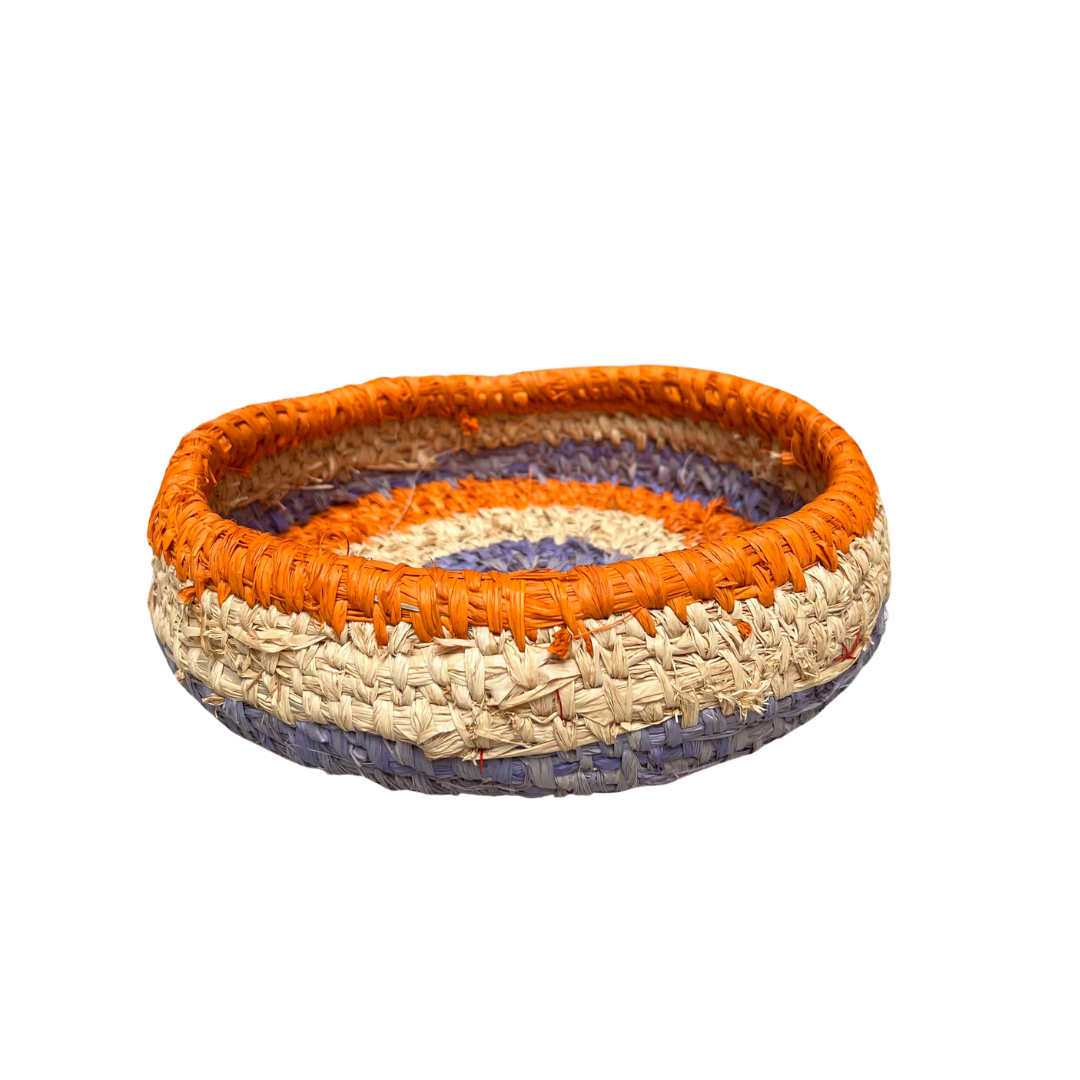
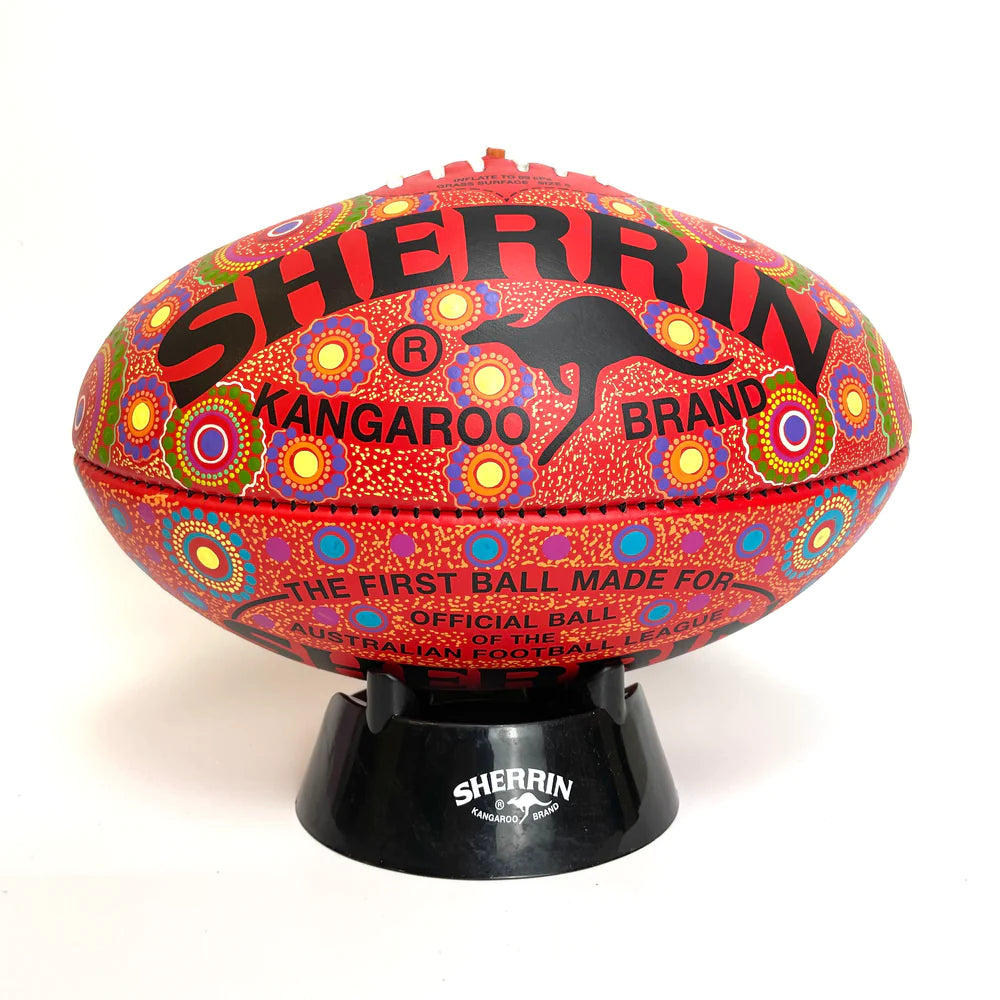
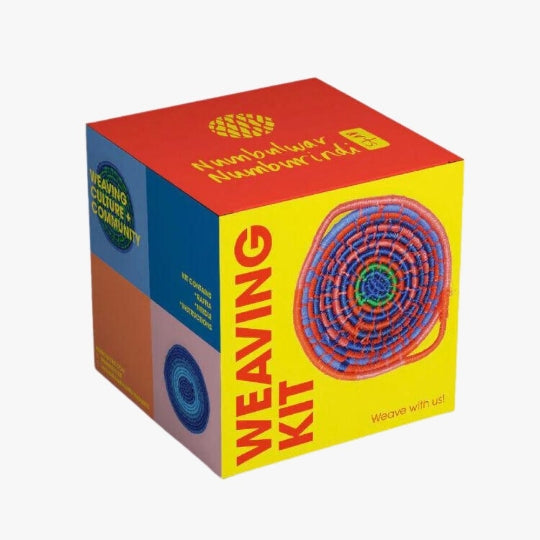
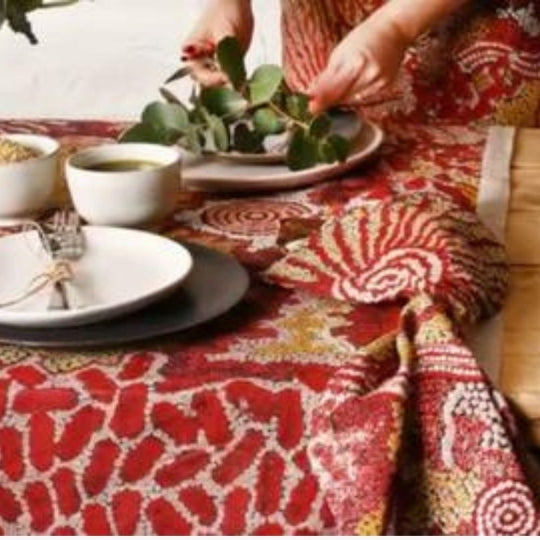
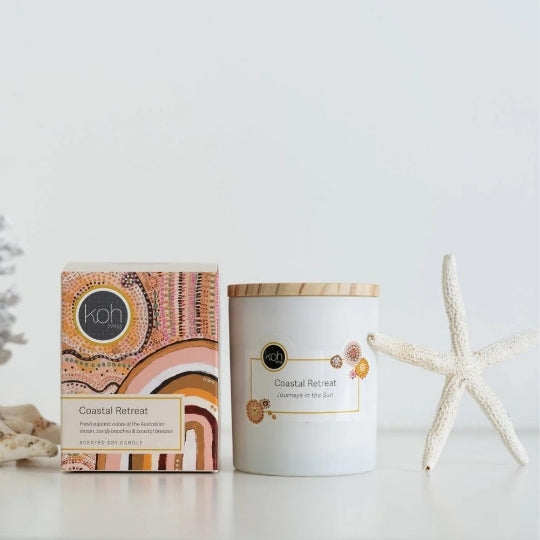
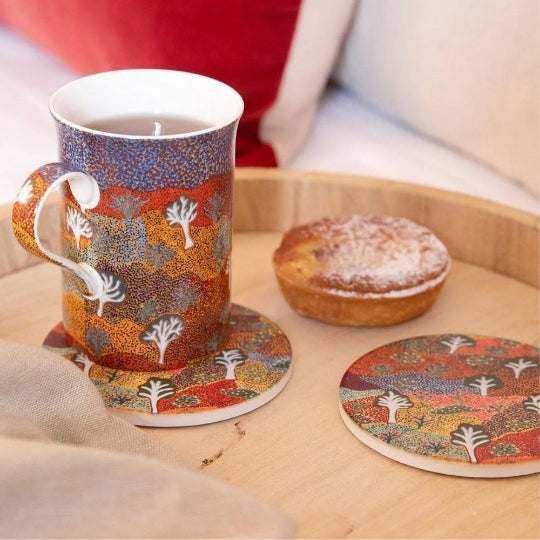
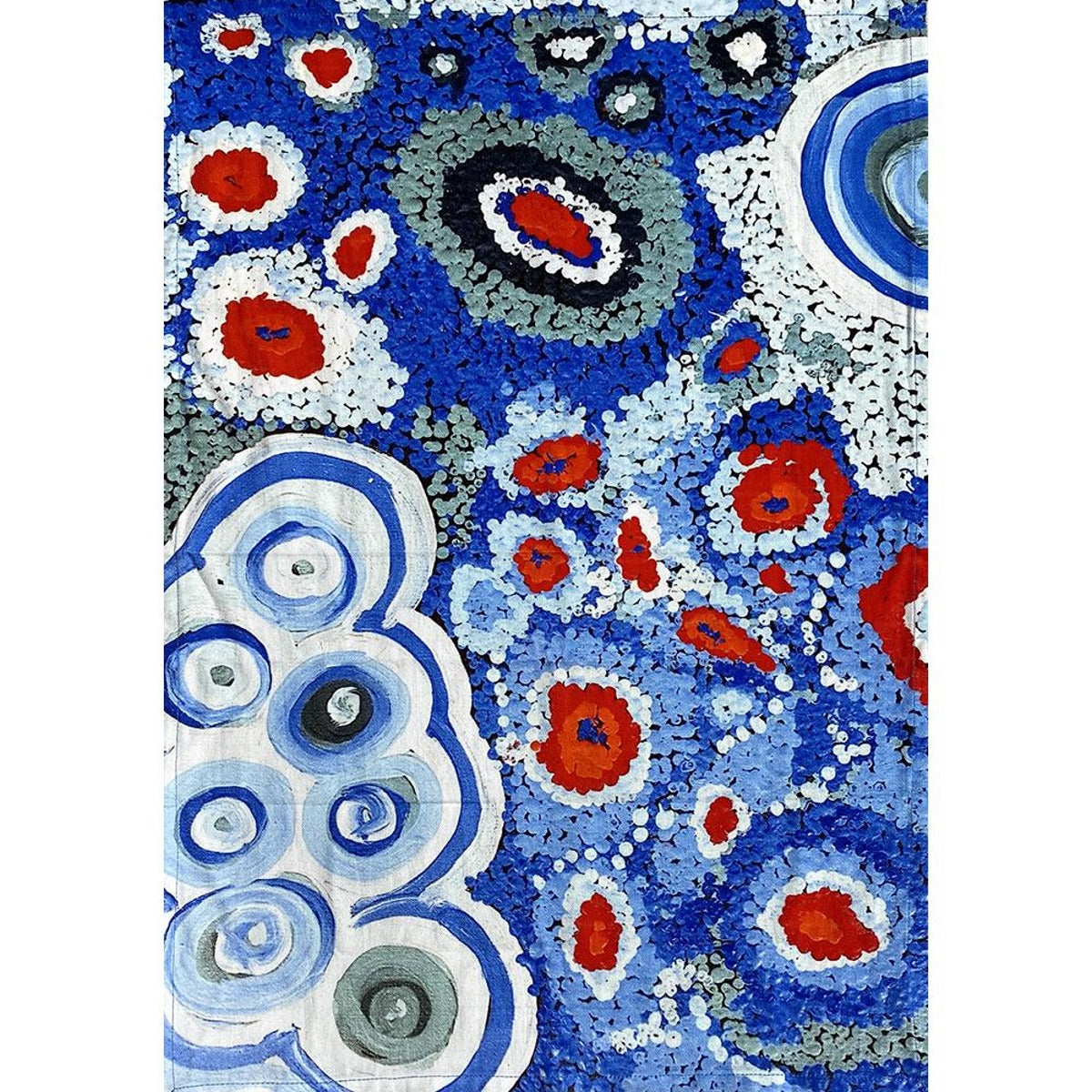
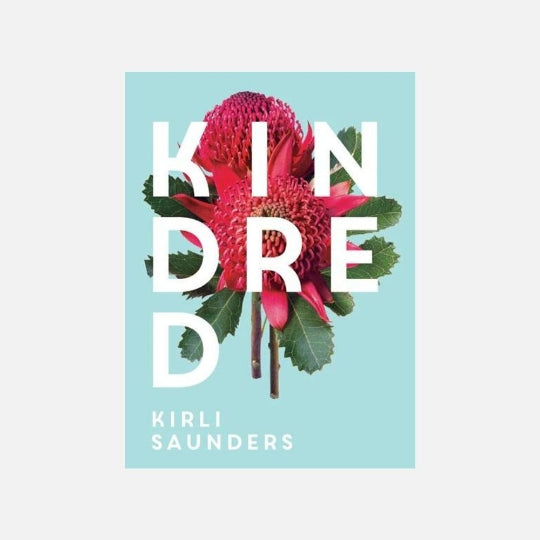
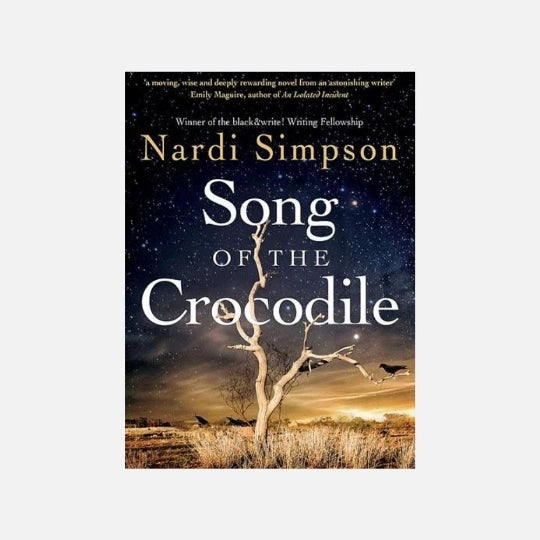

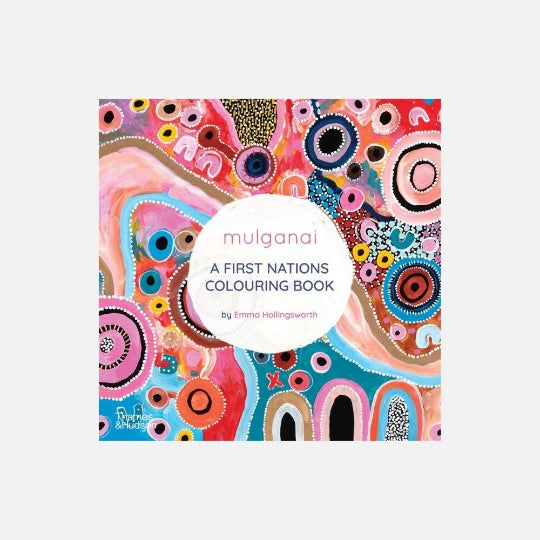
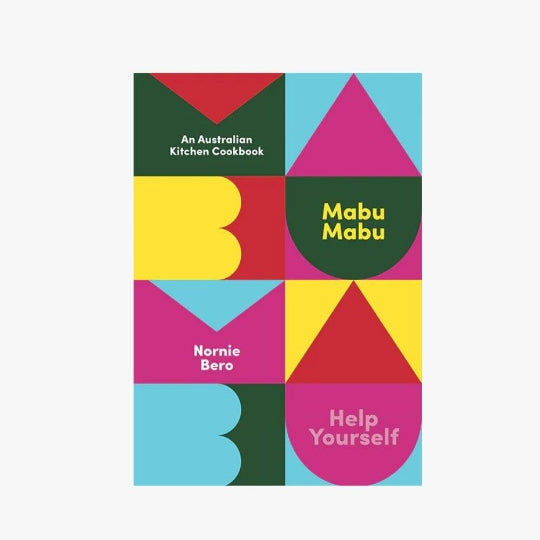

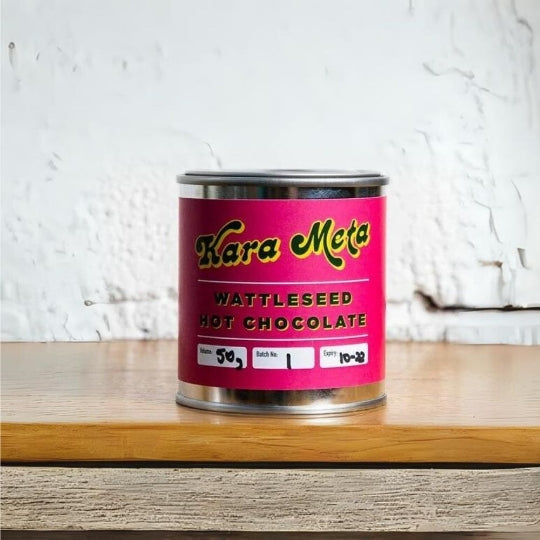
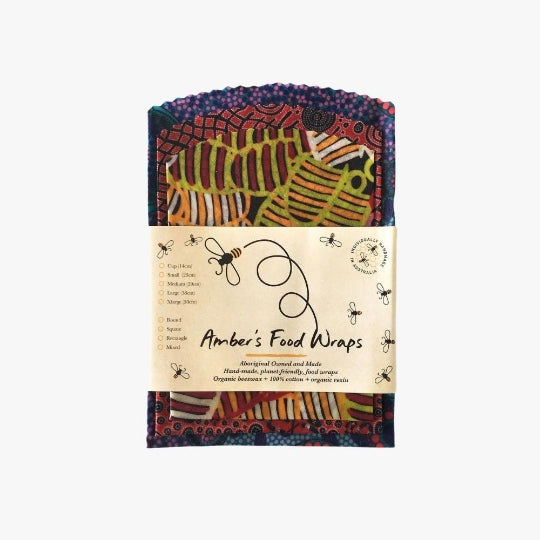

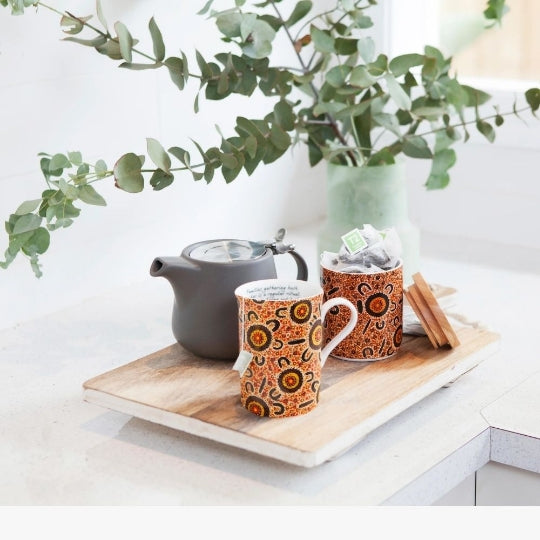





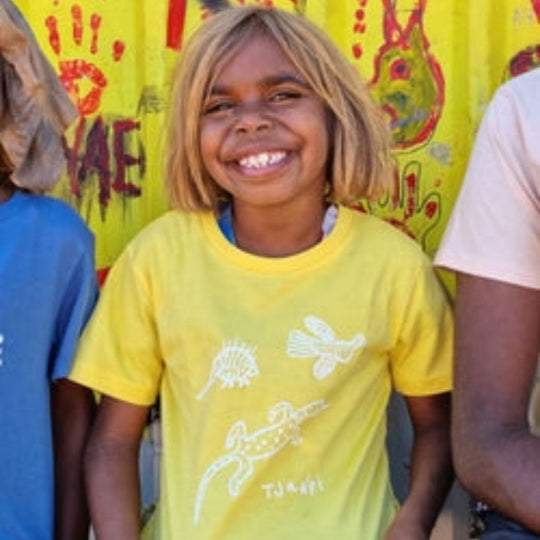
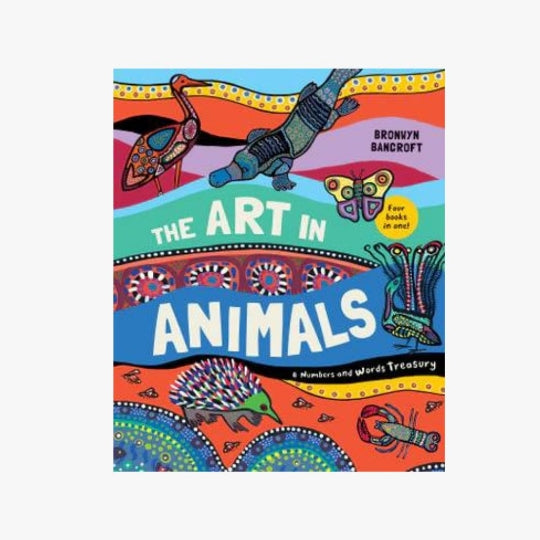
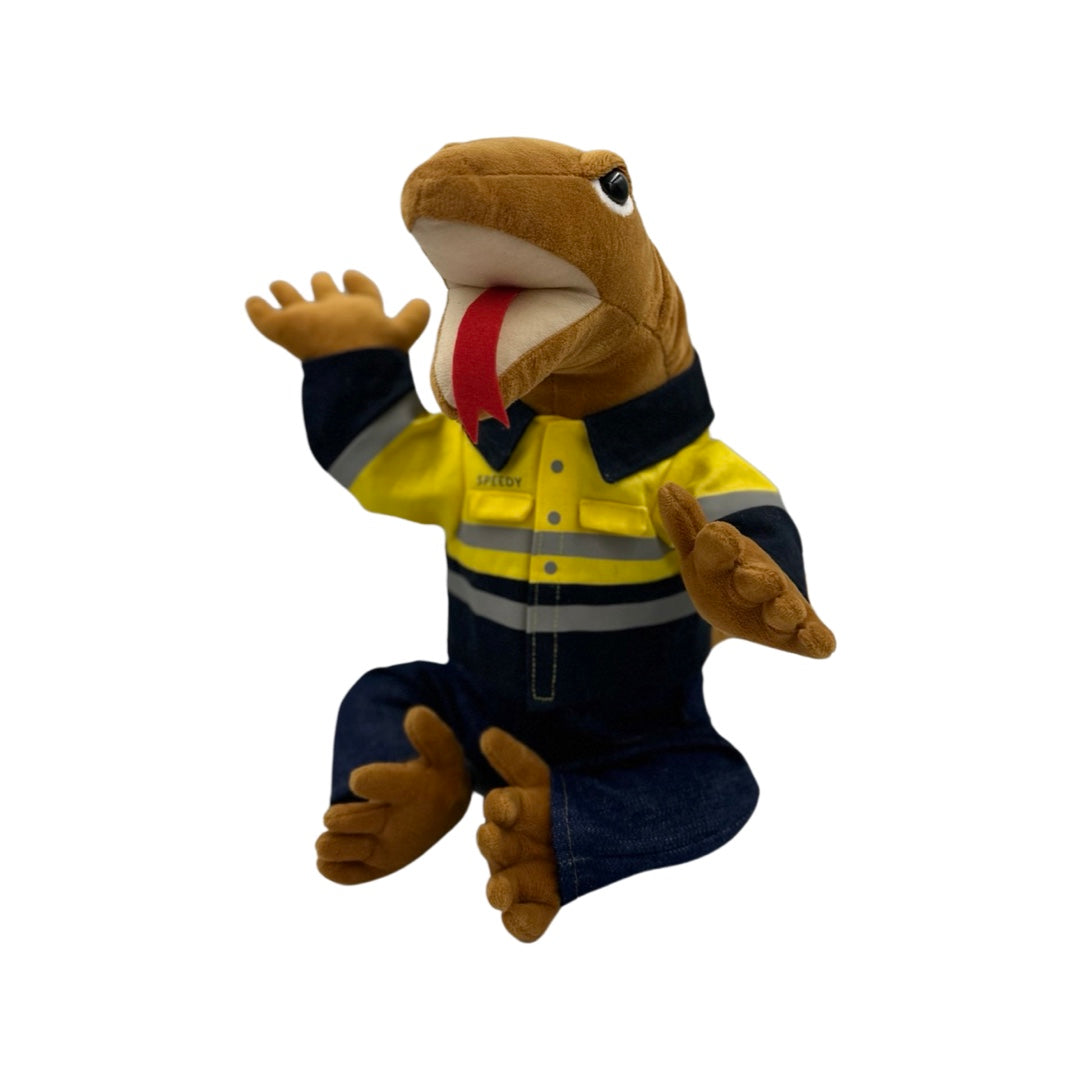
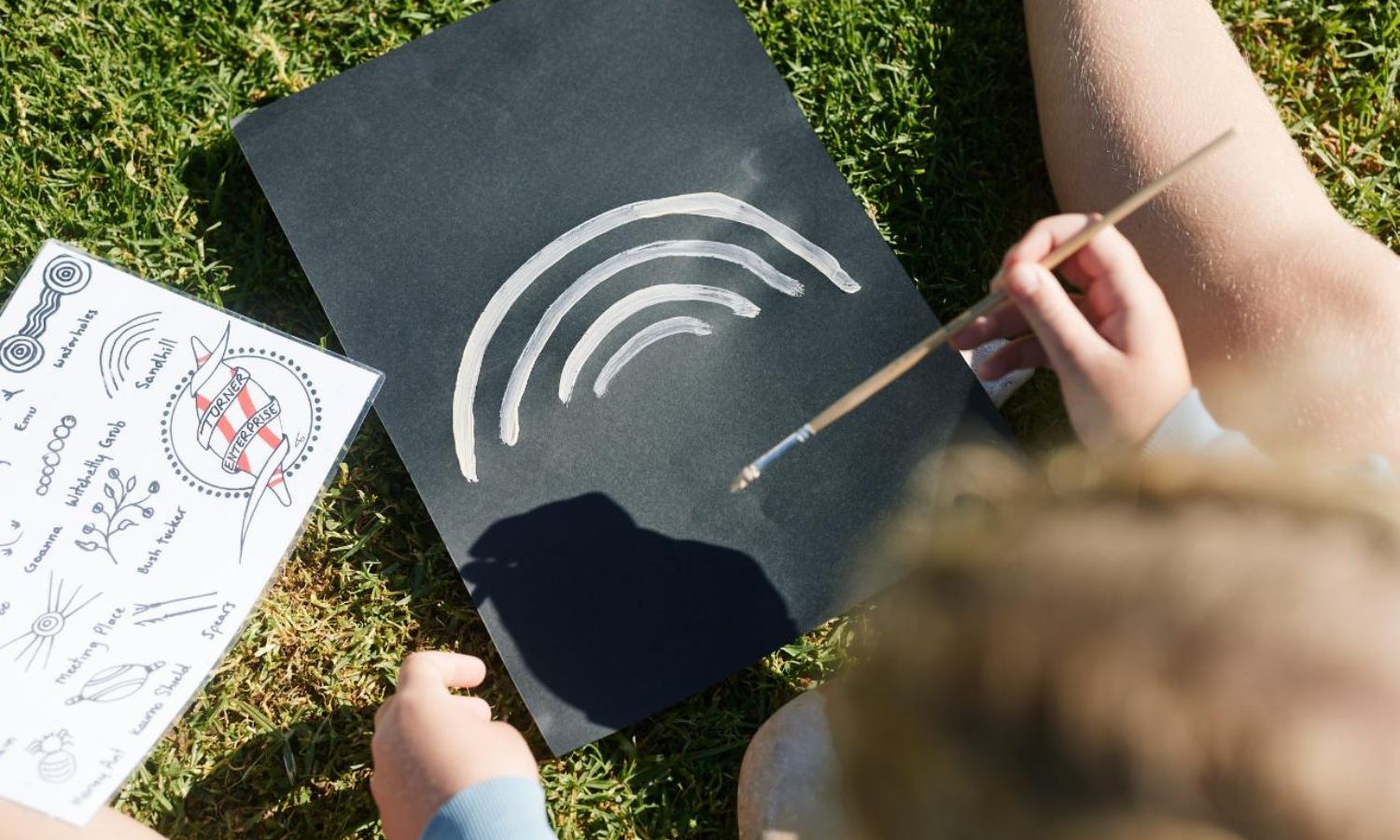
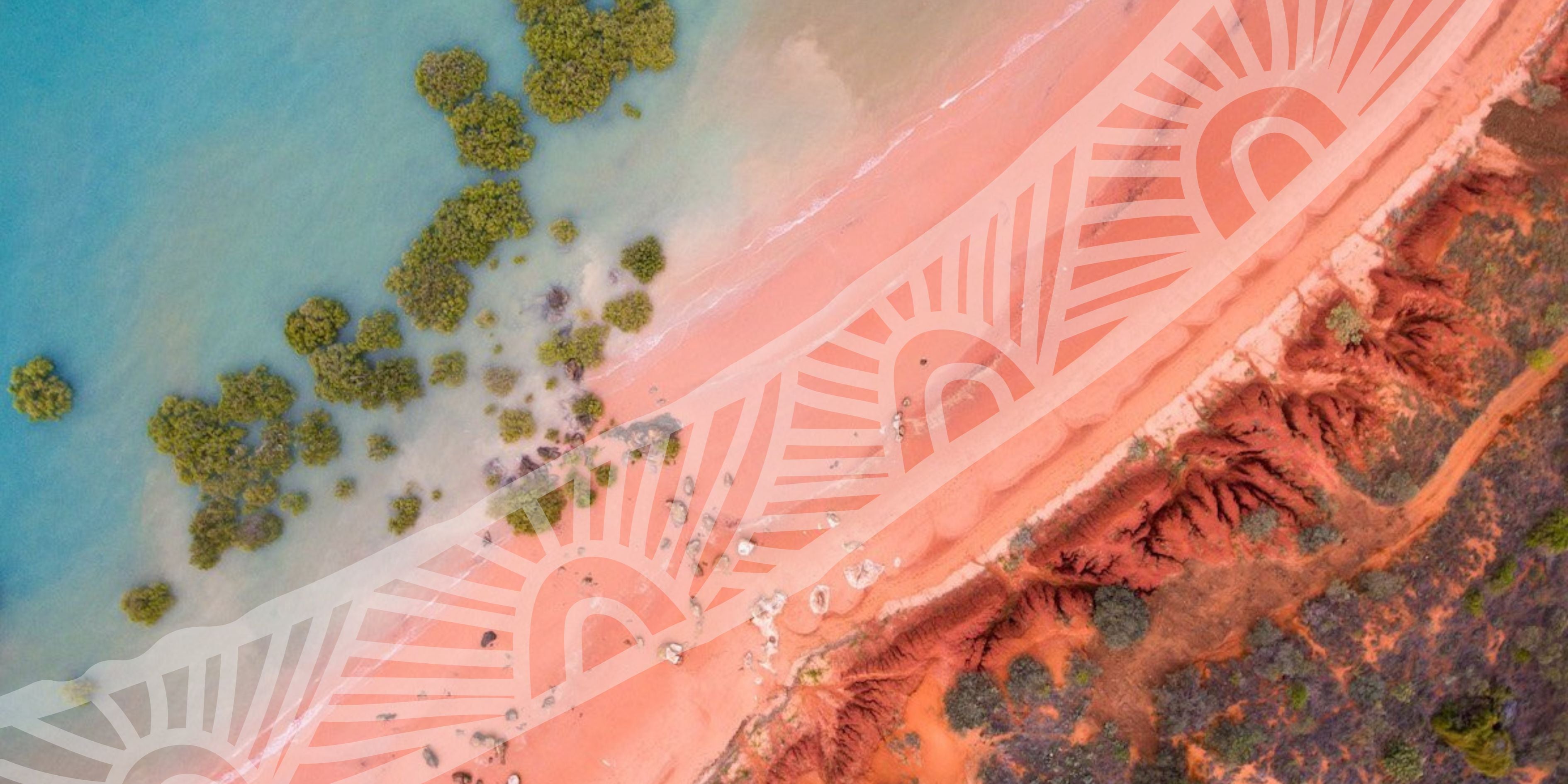
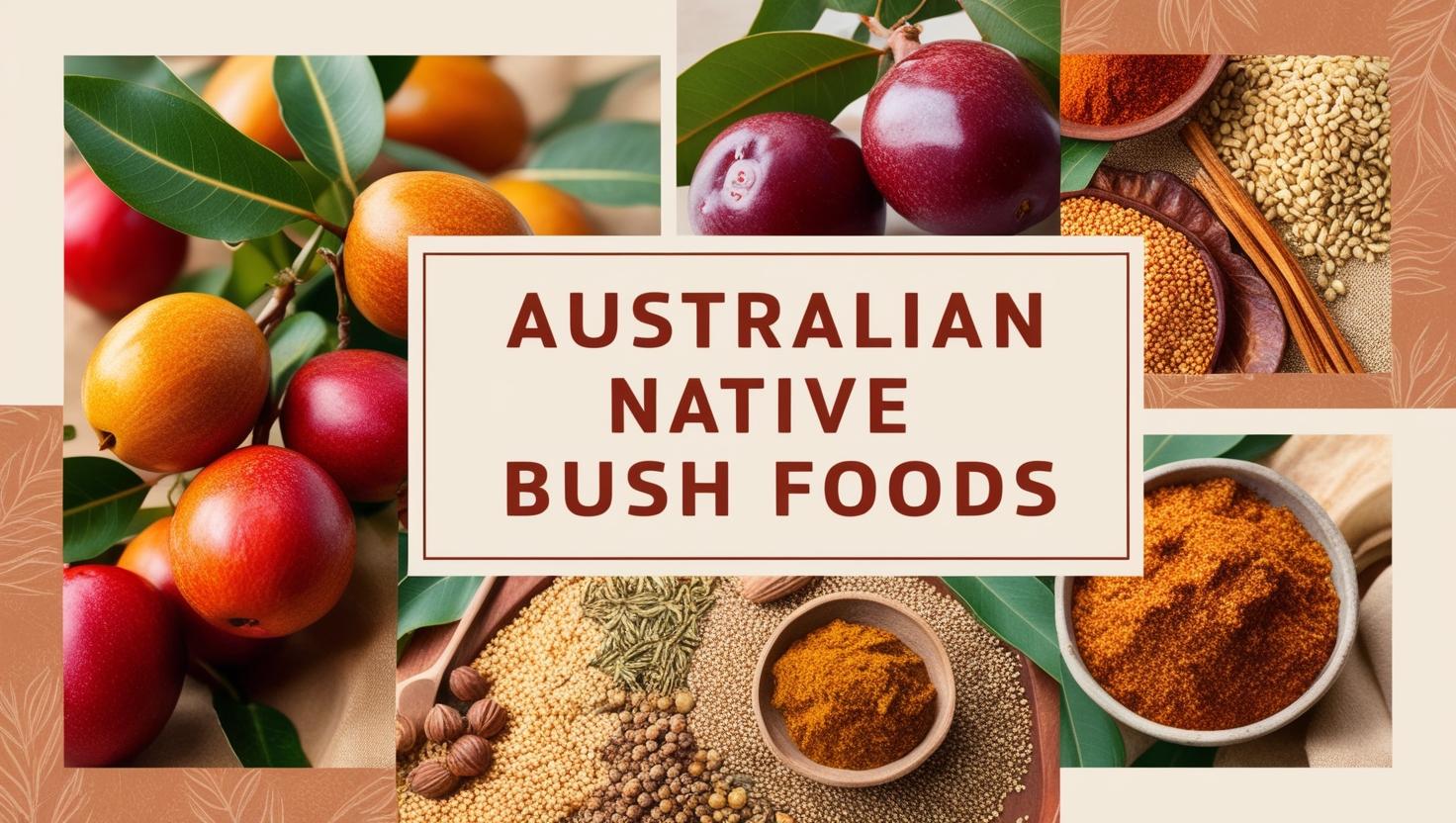

Leave a comment
This site is protected by hCaptcha and the hCaptcha Privacy Policy and Terms of Service apply.